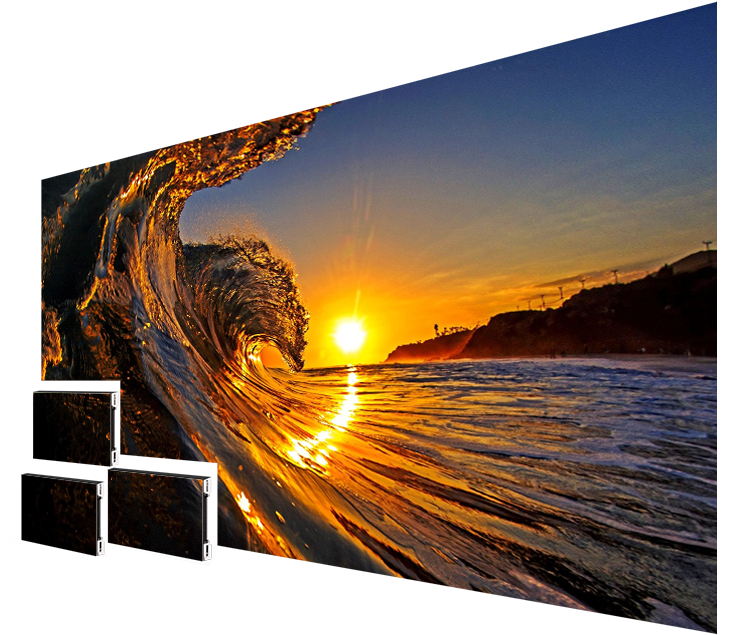Efficient Strategies for Addressing Overheating Issues in LED Display Screens
Wiki Article
Light Emitting Diode wall screens are increasingly common for various applications, such as advertising, functions, and digital displays. Nevertheless, excess heat is a significant issue that can impact their performance and lifespan. When LED screens become too hot, they may decrease in brightness, color shift, or even fail entirely. Grasping the reasons and applying efficient methods to manage heat can assist preserve the ideal function of LED wall screens. This article will explore several approaches to address overheating challenges related with these units.
One effective strategy for stopping excess heat in LED panel screens is guaranteeing adequate ventilation. It is crucial to place these panels in settings where atmosphere flow is adequate. This can be accomplished by positioning the screens in a properly aired space or utilizing fans to improve ventilation around the devices. Additionally, if the screens are installed in a confined space, creating gaps or implementing air ducts can help release heat more effectively. Keeping a lower surrounding heat level is crucial, as it directly impacts the function and lifespan of LED wall screens.
Another way to address excess heat is through the application of heat control substances. These substances can help absorb, disperse, or deflect heat away from the LED elements. Thermal sinks are frequently used in many digital devices, including LED panels. These metal elements pull heat away from the LED components, permitting them to operate at a safer heat level. Additionally, heat-conducting compound or films can be applied to improve heat transfer between the LED elements and the heat sinks, further enhancing their cooling effectiveness.

Regular maintenance and oversight of LED panel screens also play a critical part in stopping excess heat. Dirt and debris can build up on the faces of these screens, blocking ventilation and trapping heat. Regular tidying, using suitable tools, will ensure the screens free from blockages. Furthermore, tracking the heat level of the screens can help detect excess heat problems before they turn into critical. Using temperature sensors can provide valuable data, allowing users to take remedial steps if the screens start to go over secure functioning heat levels.
The implementation of cutting-edge techniques can also help tackle excess heat challenges in LED wall panels. Many modern LED panels come equipped with built-in thermal management systems. These systems can automatically adjust the brightness of the display based on the temperature, lowering heat production when necessary. Additionally, program solutions can track the functionality of the screens and provide notifications if excess heat is identified. Using these tools can considerably improve the durability and dependability of LED wall panels.
In conclusion, managing overheating in LED wall browse around this web-site panels is crucial for guaranteeing their functionality and durability. Applying methods such as providing adequate airflow, using thermal control substances, performing regular maintenance, and utilizing cutting-edge tools can help reduce excess heat challenges. By taking these preventive measures, users can enjoy the full benefits of LED wall panels while minimizing the threat of temperature-related issues. This method not only enhances the performance of the panels but also contributes to a much eco-friendly and effective use of technology in various applications.